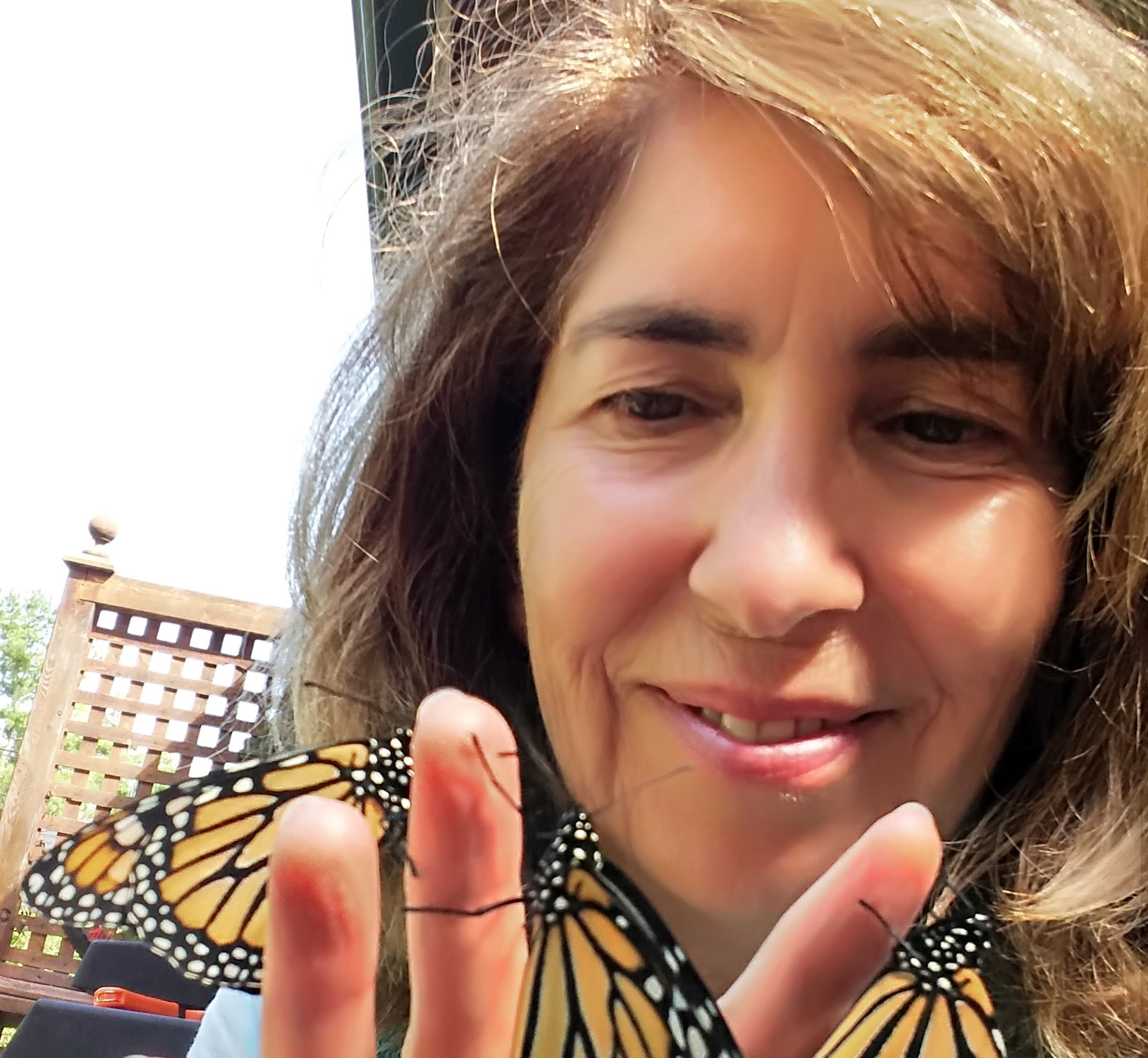Autism spectrum disorder (ASD) is the most common serious developmental disorder in children, affecting one in 315 girls and a startling one in 70 boys. It’s not a single disorder but a group of conditions characterized by deficits in three areas: communication; social interaction; and behaviours and interests. Many children with ASD engage in repetitive activities such as hand flapping, spinning, rocking, or hyper-fixating on certain objects or topics. Symptoms don’t begin to appear until between nine and 18 months, and they’re often so gradual that only in hindsight can their onset be traced.
ASD is not a continuum but a spectrum, says developmental pediatrician Wendy Roberts. “It’s like light going through a prism or a cloud and coming out in a rainbow of colours. The language, behaviour and temperament of people with ASD come out in some unique arrangement of these consistent colours.” Some children with autism withdraw into an eerie silence, while others scream at the slightest provocation. One may be able to type but not talk; another draw intricate detail but not be able to print a word. Contrary to stereotypes, most don’t bang their heads, and fewer than one per cent are brilliant savants like the famous Dustin Hoffman character in the 1988 movie Rain Man.
To add to the complexity, there’s significant overlap with other conditions such as learning disabilities and mental illnesses. Autism used to be called infantile schizophrenia (although the two are different disorders), and it’s estimated that up to half of people with autism also have attention deficit hyperactivity disorder (ADHD). As a result, many people get treated for ADHD, obsessive-compulsive disorder or bipolar disorder, without ever learning that they also have autism.
ASD is four times as common in boys as girls, and Canadian researchers, led by geneticist Stephen Scherer, may have found a clue to this mystery. Last September they published a study describing a specific ASD-related gene they’d found on the X chromosome. All males inherit an X chromosome from their mother and a Y chromosome from their father, whereas females inherit an X chromosome from each parent. Boys who inherit a glitch on their single X chromosome are at higher risk of developing ASD, according to the study, but girls are more protected because they have a second, often-normal X chromosome as a backup.





